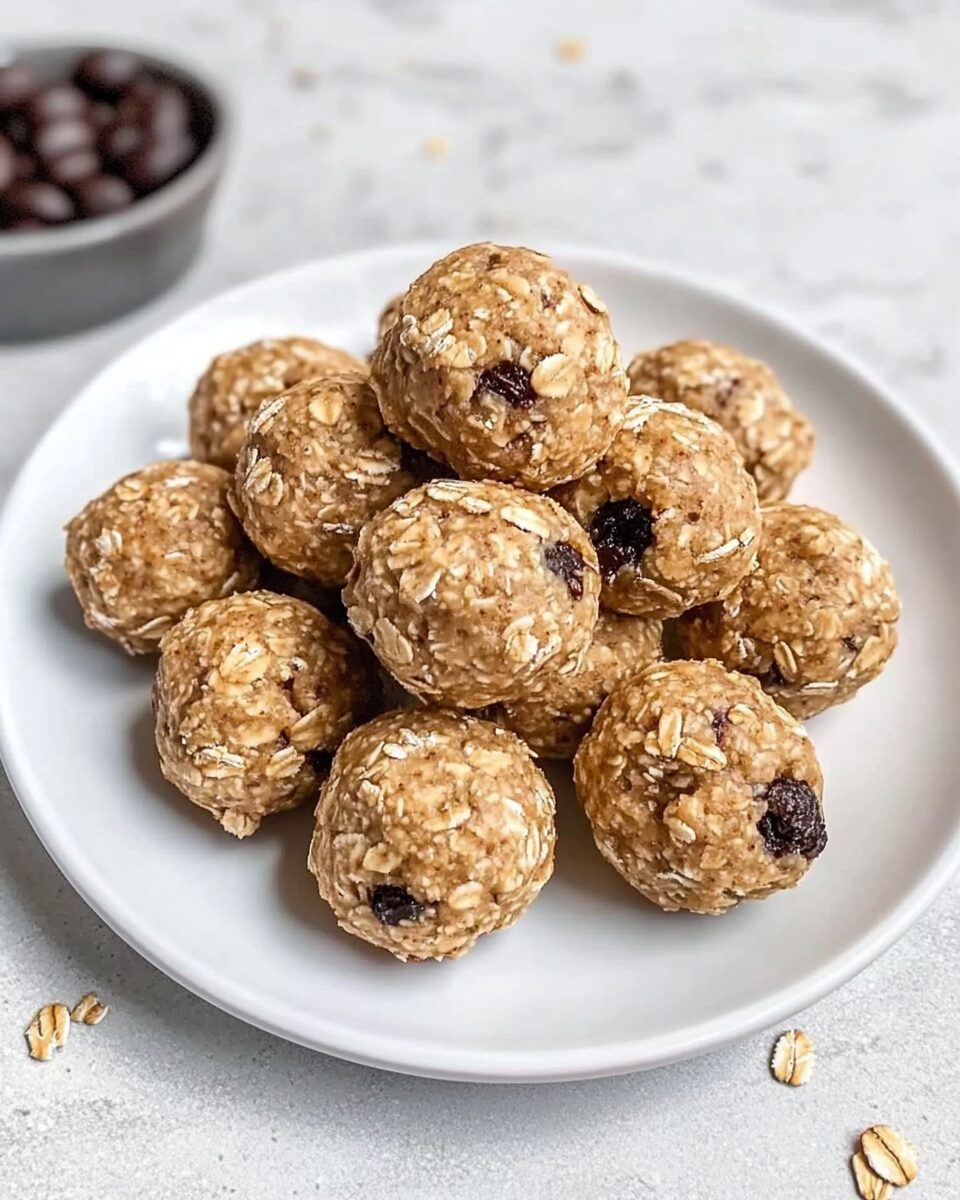A Vegetable Frittata is a versatile and nutritious dish that brings together a medley of fresh vegetables and eggs, creating a satisfying meal suitable for any time of the day. Whether you’re looking for a hearty breakfast, a light lunch, or a brunch option to impress guests, this frittata fits the bill. Its adaptability allows for various vegetables and seasonings, making it a go-to recipe for utilizing seasonal produce or leftovers. The dish is not only delicious but also offers a balanced combination of protein and vegetables, contributing to a wholesome diet.
Full Recipe:
Ingredients
- 6 large eggs
- 1/4 cup plain whole milk yogurt
- 1 cup shredded mozzarella cheese, divided
- 1/2 teaspoon salt
- 1/2 teaspoon black pepper
- 1/4 cup red onions, chopped
- 1 cup mushrooms, chopped
- 8–10 stalks asparagus, ends trimmed and chopped
- 1/4 cup cilantro, chopped
- 1/2 cup cherry tomatoes, sliced
Directions
- Preheat your oven to 375°F (190°C).
- In a mixing bowl, whisk together the eggs, yogurt, salt, and pepper until well combined.
- Stir in 1/2 cup of the shredded mozzarella cheese, red onions, mushrooms, asparagus, cilantro, and cherry tomatoes.
- Pour the mixture into a greased oven-safe skillet or baking dish.
- Sprinkle the remaining 1/2 cup of mozzarella cheese evenly over the top.
- Bake in the preheated oven for 25–30 minutes, or until the frittata is set and lightly golden on top.
- Allow to cool slightly before slicing and serving.
Nutritional Facts (Per Serving)
- Calories: 231 kcal
- Total Fat: 16.4g
- Saturated Fat: 5.1g
- Cholesterol: 186mg
- Sodium: 320mg
- Total Carbohydrates: 7g
- Dietary Fiber: 2g
- Sugars: 3g
- Protein: 17g
- Vitamin A: 15% DV
- Vitamin C: 15% DV
- Calcium: 20% DV
- Iron: 10% DV
The Origins and Appeal of Frittatas
The frittata is a traditional Italian dish, originally derived from the word “fritto,” meaning “fried” in Italian. However, unlike many fried dishes, frittatas are baked, making them less greasy and more substantial. They were originally a way for Italian home cooks to use up leftovers—particularly eggs and any available vegetables—creating a meal that could be easily adapted to whatever ingredients were on hand. This spirit of flexibility continues to be one of the defining characteristics of the frittata today.
Frittatas gained popularity outside of Italy in the 20th century, especially in the United States, where they were embraced as a breakfast or brunch dish. Over the years, the classic recipe has evolved to include a wide variety of vegetables, cheeses, and meats, giving the frittata an international appeal. Today, it is celebrated not only for its flavor but also for its versatility. Whether it’s made with seasonal vegetables or leftover bits of cheese and protein, a frittata can be tailored to suit any taste.
Why Vegetable Frittata is a Healthy Choice
Vegetable frittatas are a fantastic option for anyone looking for a wholesome, nutrient-dense meal. Packed with protein from eggs and a wide range of vitamins and minerals from vegetables, a vegetable frittata offers a balanced combination of nutrients that contribute to a healthy diet. Eggs, which are the main base of a frittata, are an excellent source of high-quality protein and contain essential vitamins like B12, riboflavin, and folate. They also provide healthy fats that contribute to satiety, helping you feel full longer.
The addition of vegetables further elevates the health benefits of a vegetable frittata. Vegetables like mushrooms, spinach, tomatoes, and bell peppers are rich in antioxidants, fiber, and other essential nutrients that promote digestive health, boost the immune system, and contribute to overall well-being. Moreover, the inclusion of vegetables helps to lower the calorie density of the dish, making it a filling yet light option that won’t leave you feeling overly stuffed.
In addition to being nutrient-dense, vegetable frittatas are also incredibly customizable, making it easy to tailor the recipe to meet specific dietary needs. You can opt for a gluten-free version by choosing gluten-free vegetables or replace the traditional cheese with dairy-free options to make it vegan-friendly. The frittata can also be made lower in fat by using egg whites instead of whole eggs, or by reducing the amount of cheese used.
A Perfect Meal for Meal Prep and Leftovers
One of the most appealing aspects of vegetable frittatas is their convenience. This dish is perfect for meal prep, as it can be made in advance and stored in the refrigerator for several days. It can also be enjoyed hot, at room temperature, or cold, making it an excellent option for busy mornings or lunches. For those who like to plan ahead, a vegetable frittata can be prepared in bulk and portioned out for several days’ worth of meals.
Additionally, a vegetable frittata is a great way to use up leftover vegetables, cheese, and even cooked meats. If you have odds and ends of vegetables in the fridge that are starting to lose their freshness, they can easily be incorporated into a frittata. This not only helps reduce food waste but also gives new life to ingredients that might otherwise go to waste. The frittata’s adaptability makes it a great option for using up whatever you have on hand while still creating a delicious and satisfying dish.
Vegetable Frittata Variations
One of the greatest things about vegetable frittatas is their versatility. The base of the frittata is essentially just eggs and dairy, which means the flavor and texture can be easily altered based on what ingredients are available. While the classic vegetable frittata might include vegetables like onions, peppers, spinach, and tomatoes, there are many other variations you can try.
-
Leafy Greens and Herbs: Adding leafy greens like kale, arugula, or Swiss chard can give the frittata a more earthy flavor, while fresh herbs such as basil, thyme, or parsley can elevate the taste and make it more aromatic.
-
Cheese Options: While mozzarella is commonly used in frittatas, other types of cheese can add unique flavors. Cheddar, goat cheese, feta, and Parmesan all work well in a vegetable frittata, each contributing a different texture and taste.
-
Roasted Vegetables: For a richer flavor, you can incorporate roasted vegetables like roasted carrots, squash, or sweet potatoes into your frittata. Roasting the vegetables before adding them to the egg mixture brings out their natural sweetness and creates a more complex taste.
-
Add Meat or Tofu: For a heartier dish, you can add cooked bacon, sausage, or ham. Alternatively, for a plant-based version, you could include tofu or tempeh as a protein substitute.
-
Spices and Seasonings: Experimenting with spices such as paprika, cumin, or chili powder can infuse your frittata with additional layers of flavor. A dash of hot sauce or a sprinkle of chili flakes can add some heat for those who enjoy spicy food.
The Benefits of a Vegetable Frittata for Special Diets
A vegetable frittata is an incredibly versatile dish that can easily be adapted to accommodate special diets. Whether you’re following a low-carb, keto, vegetarian, or gluten-free diet, the frittata can be tailored to meet your needs.
-
Keto-Friendly: Since the frittata is primarily made of eggs and vegetables, it naturally lends itself to a ketogenic diet, which is low in carbohydrates and high in fats. By using cheese and healthy oils, you can create a high-fat, low-carb meal that supports ketosis.
-
Vegetarian: For those who don’t eat meat, a vegetable frittata is an ideal choice. You can load it with an abundance of colorful vegetables, herbs, and cheeses to make it a satisfying and protein-packed meal without the need for animal products.
-
Gluten-Free: As long as you stick to naturally gluten-free vegetables and ingredients, a vegetable frittata is an excellent gluten-free option. It’s important to check that any cheeses or sauces used are also gluten-free to ensure that the dish remains safe for those with gluten sensitivities.
-
Dairy-Free and Vegan: While traditional frittatas include dairy in the form of cheese and milk, these ingredients can be replaced with plant-based alternatives to make the dish dairy-free or vegan. Cashew cheese or nutritional yeast can provide a cheesy flavor without dairy, while plant-based milk can be used instead of regular milk or cream.
Serving Suggestions for Vegetable Frittata
The beauty of a vegetable frittata is that it can be served in so many different ways. It can be served hot out of the oven for a cozy breakfast, or it can be served cold as a refreshing lunch. Pairing a frittata with a light side salad or some roasted vegetables can make for a more complete meal. Additionally, serving the frittata with a slice of whole grain bread or a piece of toast can add some crunch and fiber to the meal.
For a more formal presentation, consider cutting the frittata into wedges and serving it alongside fresh fruit or a selection of cheeses. For brunch or gatherings, a vegetable frittata can be served as a centerpiece of a spread, where guests can help themselves to slices along with other side dishes.
Conclusion
A vegetable frittata is a nourishing, satisfying, and adaptable dish that works for virtually any meal of the day. Whether you’re cooking for one or making a dish for a crowd, a vegetable frittata can be customized to fit your preferences and dietary needs. Packed with protein, vegetables, and a good amount of healthy fats, it provides a balanced and wholesome meal that supports good health. The beauty of the frittata lies in its ability to adapt to whatever vegetables and ingredients you have on hand, making it a great choice for meal prep or using up leftovers. B








